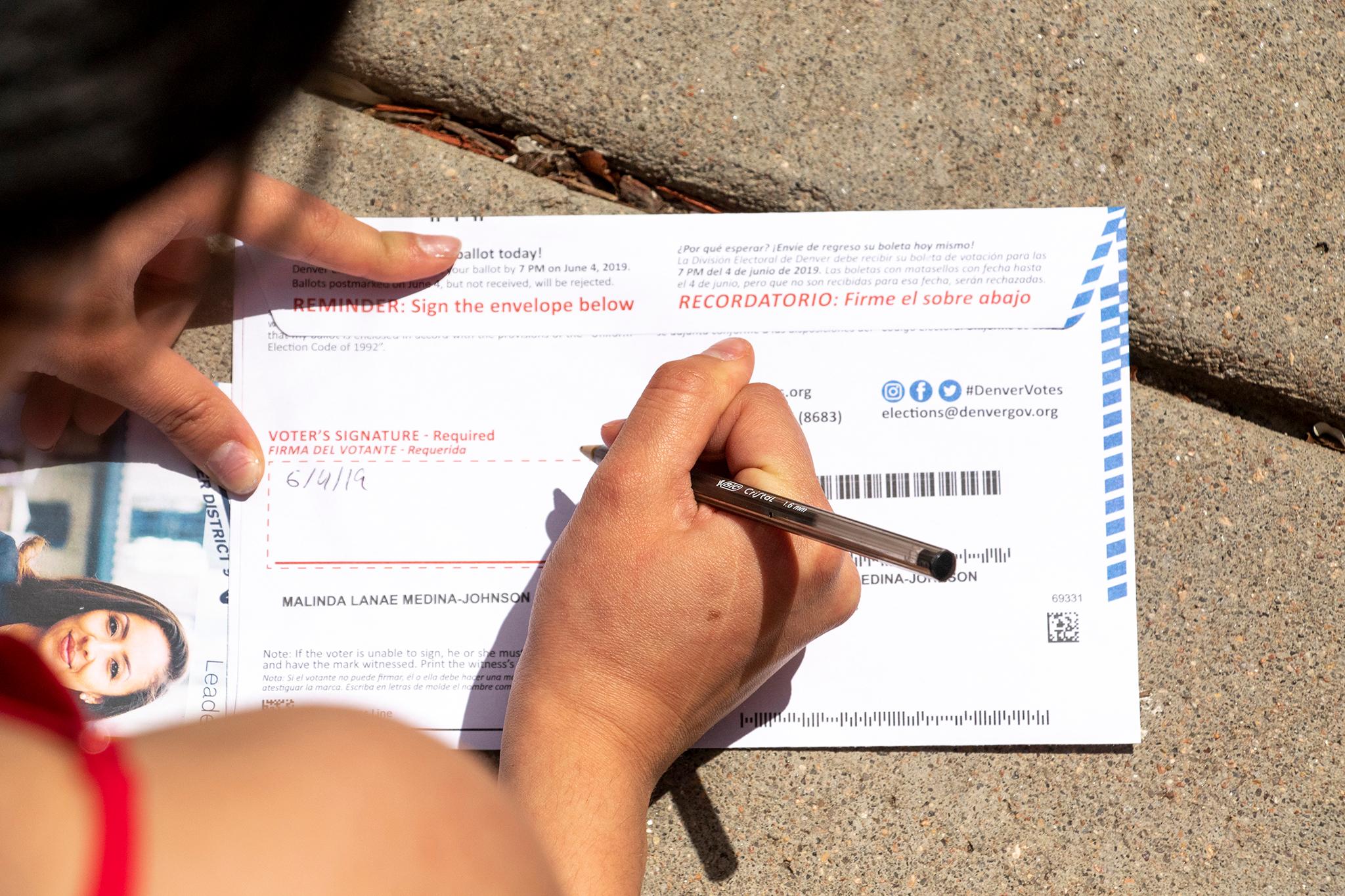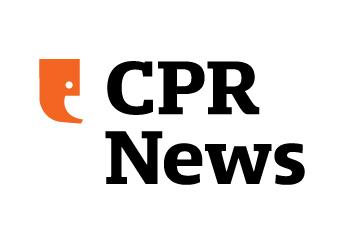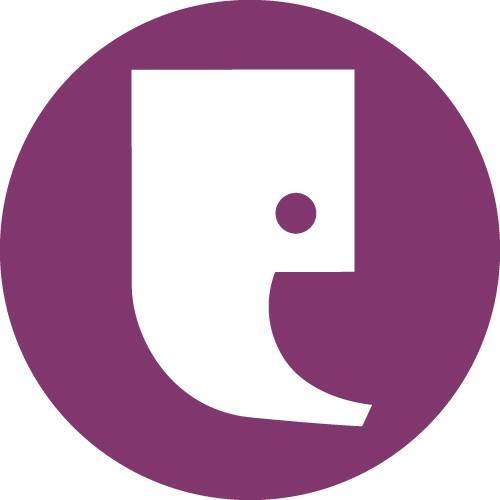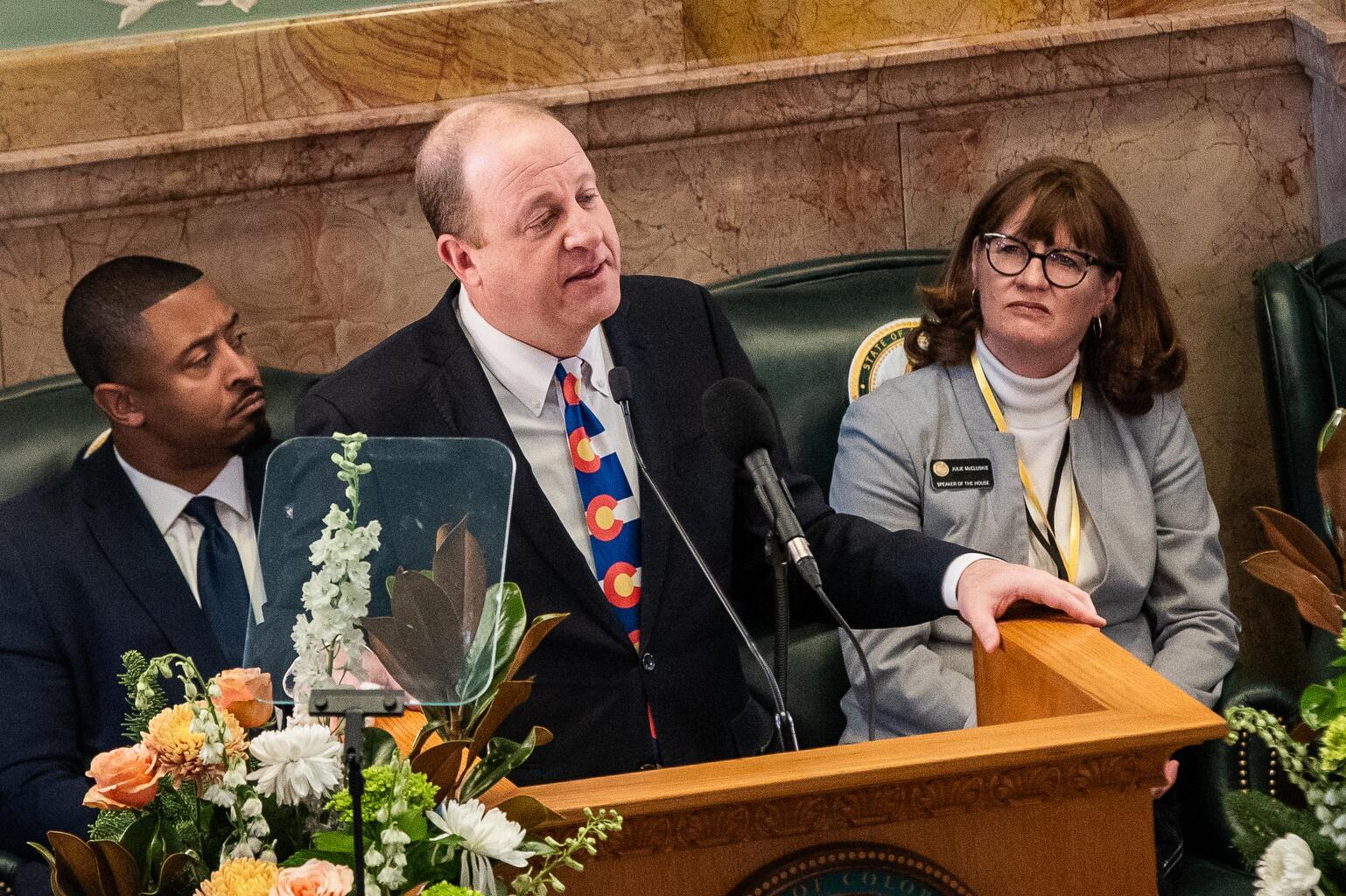
Colorado has gotten a lot of accolades over the years for having an election system that makes it relatively easy for people to vote, with things like same-day voter registration, all-mail ballots and county-wide vote centers. However, it’s easy to have questions about what to do and how it all works. The following are some of the most frequent questions we’ve gotten over the years and answers specific to 2024.
Q: I keep hearing Colorado is a “mail ballot” state. What does that mean?
Ahead of each election, Colorado mails ballots to each registered, active voter in the state. Some registered voters may be considered “inactive,” and not get a ballot, if their local clerk has a reason to believe they no longer live at the address on their registration (like election-related mail has been returned as undelivered). Inactive voters have to update their registration information to get a mail ballot.
Q. I just moved here from a state with absentee ballots. Do you guys have that here?
Not really. Since every registered voter is mailed a ballot, what many other states call absentee voting is really just the norm here. That said, if you are going to be away from home during October and want to get a ballot sent to a temporary address, you can do that.
To get information specific to your situation, call your county clerk's office (find the number here).
Q: How do I check that my Colorado voter information is correct?
Just go to the Secretary of State’s website and enter your name, zip code, and date of birth to see your voter registration information. You can also use this page to register to vote or update your registration, change your party affiliation, and to get a lot more information about the election.
Q: When should I expect to get my ballot in Colorado?
Clerks will start mailing out ballots on Friday, Oct. 11.
Q: How can I track my ballot?
Colorado uses a service called BallotTrax that allows voters to sign up for text or email alerts at each stage of the voting process. The messages will let you know when your ballot has been mailed to you, when it’s received back at the clerk’s office and when it’s been processed.
Q: I’m nervous about the USPS. What if my ballot doesn’t arrive in time?
You are not required to use the ballot the state sends to you. Voter Centers will open around the state not later than October 21th. Any voter who has not already returned a ballot can go to one and vote in person there. Just don’t then also return your mail ballot when it arrives. The system will flag that you’ve returned two ballots and you could face prosecution.
Q: What happens if I'll be away from home when they send out ballots and won't be back before the election?
You can still get a ballot and vote even if you're away from home. From now until the vote centers open, you can pick one up in person from your county clerk's office. You can also get your ballot sent to a temporary address. To get information specific to your situation, call your county clerk's office (find the number here).
Q: How do I return my ballot?
When it comes to casting your vote, Colorado takes an all-of-the-above approach.
Want to mail it in? Check your envelope to see how much postage is required and send it back no closer than a week out from the election, to ensure it gets to your clerk’s office in time.
Want to drop it off? Colorado will have hundreds of dropboxes available around the state to put your ballot in. You do need to be sure to use a box that’s in your county of residence — look for a list of locations on your county clerk’s website. Some counties, like Denver, also have drive-through drop-offs, where you can hand your ballot to an election judge. (All that said, if you do accidentally drop your ballot off in the wrong county, the clerk there will try to get it back where it belongs.)
Want to vote in person? Maybe you changed your mind after filling in the “yes” bubble on that one ballot measure. Or maybe your cat spilled coffee all over your ballot. Or maybe you just prefer to vote the old fashioned way. As noted above, you can always throw away your mail ballot and vote in person at a local Vote Center. You can find the locations of those at your county clerk’s website, or when you look up your voter registration information at govotecolorado.com.
Q: How late can I put my ballot in the drop box and still have it counted?
Election judges should be on hand to close each drop box at exactly 7pm. At that time they’ll also collect all remaining ballots in the box. If you are trying to vote in person and you’re in line by 7, you will still be allowed to vote, even after the polls have officially closed.
Q: What safeguards are in place to ensure no one steals my ballot and votes fraudulently?
To keep the vote secure, Colorado relies heavily on signature verification. Once your ballot has been received at the clerk’s office, an election judge will compare the signature on your envelope with the signature they have on file for you. If the two don’t match, your ballot is rejected.
An in depth look at Colorado’s ballot security safeguards.
Q: I want to be sure the signature on file matches my current signature so that my mail-in ballot is not rejected—how can I do so?
There’s no way to know which of your past signatures the election judge will be seeing on their screen.
But here’s some information that might set your mind at ease a bit: The signature check system defaults to an image of the most recent signed document the government received from you. Which, if you are a dedicated voter, could be as recently as the last time you returned a ballot. The system does keep all of your old signatures on file too, in case the people doing the verifying want to review a few more examples before making their call.
Here’s a handy guide with some pointers to make sure your signature is accepted.
But if your signature is rejected, the clerk is required to contact you and give you time to “cure” the problem so that your ballot will be counted. How does that work? Read on.
Q: What happens if my ballot is rejected?
There are a couple of reasons a ballot might be rejected: your signature could have changed so much that it doesn’t match the one on file any more, or you just forgot to sign your ballot altogether, or you live with another voter and you two got confused and put your ballots in each other’s envelopes (it happens!)
In any of those cases, your ballot is set aside while election officials try to reach you by email, phone or a letter to let you know there’s a problem. Various political groups also get lists of voters whose ballots were rejected and may try to reach out to you to encourage you to fix it. Voters have until eight days after the election (that’s November 13th this year) to deal with any problem with their ballot in order to have it counted. That can be done by mail or by going to the clerk’s office or using your phone and a program from the state called Text2Cure.
Q: Help, I’m reading this just days before the election and I haven’t even registered to vote yet! Is it too late for me to participate?
Not at all. Colorado allows people to register and vote all the way until 7pm on Election Day when the polls close. If you do it after October 28th though, it’s too late to get a mail ballot. You’ll need to register in person at a Vote Center, where you’ll also — unsurprisingly — be able to get a ballot and vote.
The Secretary of State has a lot of information about registering to vote here. You will need to provide some form of ID. You can find a list of what qualifies here.
Q: When does ballot counting start in Colorado?
Ballots start being tallied before the election, but not counted up until the polls close. Election workers open the envelopes as they arrive and — after verifying the signatures — run them through tabulating machines. Those scan the ballots and record how each person voted, but they don't just automatically add it all up. That data isn't calculated and revealed until the polls close on Election Night and someone hits "tabulate."
Funding for public media is at stake. Stand up and support what you value today.







